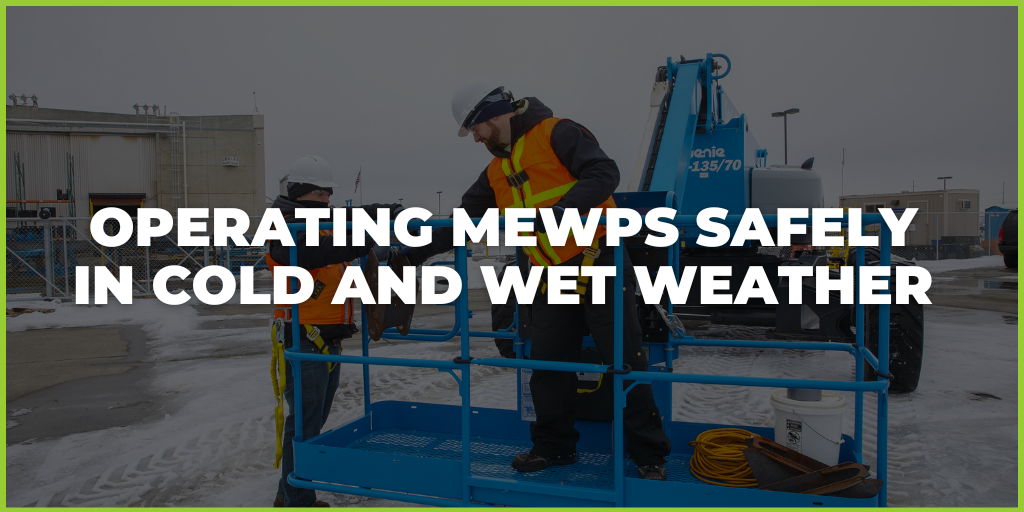Height, Lift & Shift talks to Richard Jones, head of policy and public affairs at the Institution of Occupational Safety and Health (IOSH), about the new Health and Safety and Corporate Manslaughter guidelines.
IOSH is the Chartered body for health and safety professionals, with more than 44,000 members in 120 countries. The organisation was founded in 1945 and is a registered charity with international NGO status.
HLS: Tell us what was the reason behind the new Health and Safety and Corporate Manslaughter guidelines?
Richard Jones: The new guidance was developed because the Sentencing Council was concerned that fines for corporate health and safety offences have, in the past, been criticised as too low relative to harm caused, culpability and, on occasions, means of offenders. The Council also wanted to ensure that health and safety sentencing would be consistent with the higher fines expected following the environmental offences guideline.
The new guidelines provide, for the first time, comprehensive advice for the most commonly sentenced health and safety offences. There’s a nine-step process and tables for each type of offence, with starting points and ranges and factors for courts to consider when adjusting and determining final sentences for different-sized organisations and for individuals.
HLS: What is the process that an organisation goes through when being sentenced?
RJ: The process includes consideration of the culpability and the harm (risked and actual), together with an organisation’s turnover or equivalent (for corporate offences), any aggravating or mitigating factors, and potential sentence impact. Directly linking sentences to turnover (which IOSH called for in 2010) and increased focus on harm-risked, as well as harm caused, are both new.
HLS: Every company must comply with health and safety regulations, what would you say to those who don’t?
RJ: Responsible organisations should already be ensuring legal compliance on health and safety as a minimum and that they have adequate risk management in their operations. If there are failures or deficiencies, swift action should be taken to ensure safe and healthy working.
For those needing further incentive, the prospect and use of effective sentencing can help deter non-compliance and complement the strong legal and moral imperatives for good health and safety, adding to the business case. So, where appropriate, health and safety practitioners can use the introduction of these new guidelines as an additional prompt to organisations to review and improve the efficacy of their health and safety management arrangements and address any areas of weakness.
For example, in order to achieve good practice and prevention, organisations will want to ensure that they follow the ‘plan, do, check, act’ principles in HSE’s HSG65 and in Leading health and safety at work – INDG417, designed for directors, governors, trustees, officers and equivalents in the public, private and third sectors and all sizes of organisation.
HLS: Could you provide us with your view on managers' responsibility?
RJ: Leadership from top management is viewed as increasingly important and is a specific element of the draft ISO 45001 occupational health and safety management system requirement standard expected later this year. This international standard emphasises the key role of those who direct and control organisations in leading a positive culture, as well as stressing the need to evaluate and understand compliance status.
The Sentencing Council is clear that sentencing for serious health and safety offences and corporate manslaughter should reflect the gravity of these offences. Also, that such offenders should have addressed the relevant failings in their health and safety management and prevention programmes before they are sentenced.
HLS: Do you have any further comments on the new guidelines?
RJ: IOSH’s 2015 submission to the Sentencing Council anticipated that application of new sentencing guidelines could improve consistency and proportionality and lead to better informed sentencing decisions by those unfamiliar with the seriousness of health and safety offences. Also, that more effective sentencing would provide greater deterrence and increase awareness among stakeholders about the serious consequences of health and safety failure.
The new guidelines, with their focus on sentences that reflect different levels of harm-risked and culpability – together with consideration of turnover and profit margins – seek to ensure penalties have “real economic impact” and that “…it should not be cheaper to offend than to take the appropriate precautions.” As well as punishment and deterrence, the Council is seeking to influence future behaviour by removing any economic gains derived from offences. The overall thrust of the guidelines therefore, is a preventative one, emphasising the importance of effective health and safety risk management, of always ensuring that enough is being done, and of taking urgent action to fix the situation if it isn’t.“
We would like to thank Richard for taking the time to answer our questions, and trust that his responses will prove both informative and useful for our subscribers.




